In case you hadn’t heard, the American Bison, also known as the American Buffalo, has been named the national mammal of the USA, joining the Bald Eagle as an official symbol of our country. The two animals share a lot in common.
Both are majestic animals. Both were made nearly extinct from hunting and the effects pesticide use. Both have made astounding comebacks that are truly success stories, thanks to Native American tribal members and groups and other conservationists and environmentalists, many of them within the US Department of the Interior and the National Park System.
On May 9, 2016, President Obama signed the National Bison Legacy Act into law, officially making the American bison the national mammal of the United States. This majestic animal joins the ranks of the Bald Eagle as the official symbol of our country — and much like the eagle, it’s one of the greatest conservation success stories of all time.
Here are fabulous facts about the American Bison, or buffalo, from the US Dept. of the Interior website:
In prehistoric times, millions of bison roamed North America — from the forests of Alaska and the grasslands of Mexico to Nevada’s Great Basin and the eastern Appalachian Mountains. But by the late 1800s, there were only a few hundred bison left in the United States after European settlers pushed west, reducing the animal’s habitat and hunting the bison to near extinction. Had it not been for a few private individuals working with tribes, states and the Interior Department, the bison would be extinct today.
Bison are the largest mammal in North America. Male bison (called bulls) weigh up to 2,000 pounds and stand 6 feet tall, while females (called cows) weigh up to 1,000 pounds and reach a height of 4-5 feet. Bison calves weigh 30-70 pounds at birth.
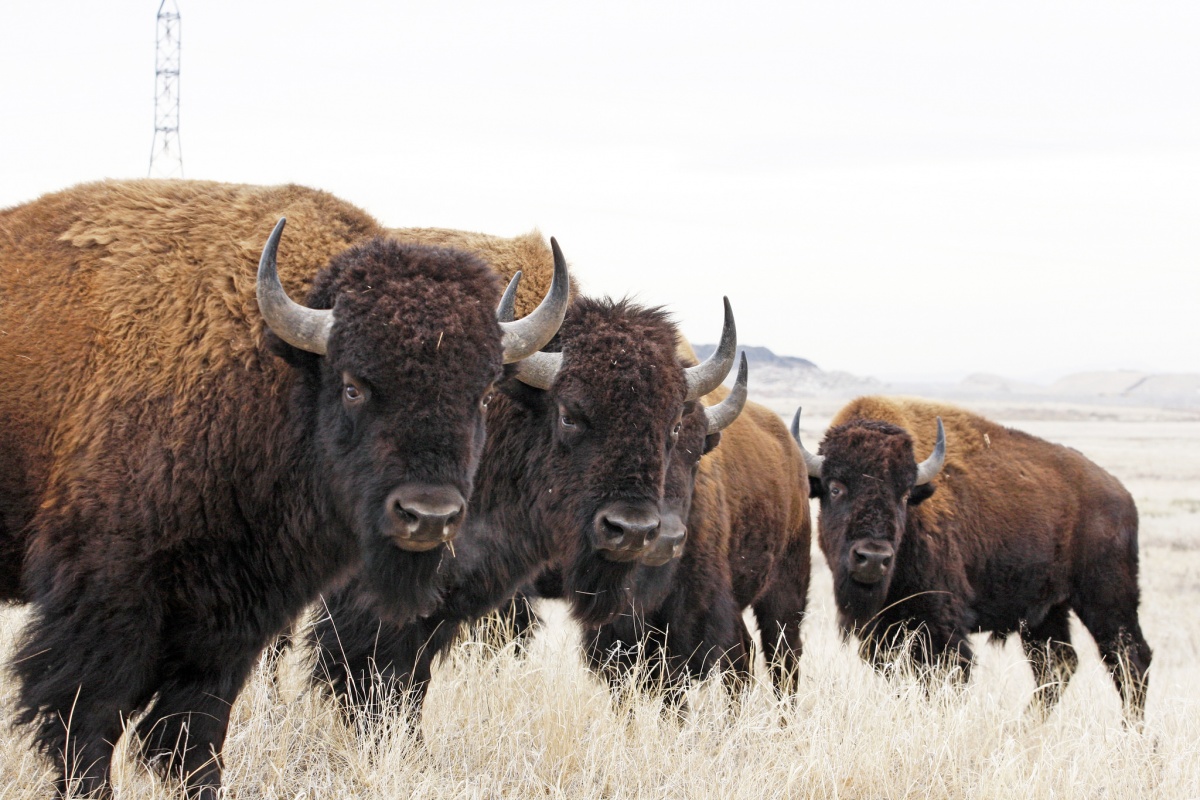
Since the late 19th century, Interior has been the primary national conservation steward of the bison. Public lands managed by Interior support 17 bison herds — or approximately 10,000 bison — in 12 states, including Alaska.
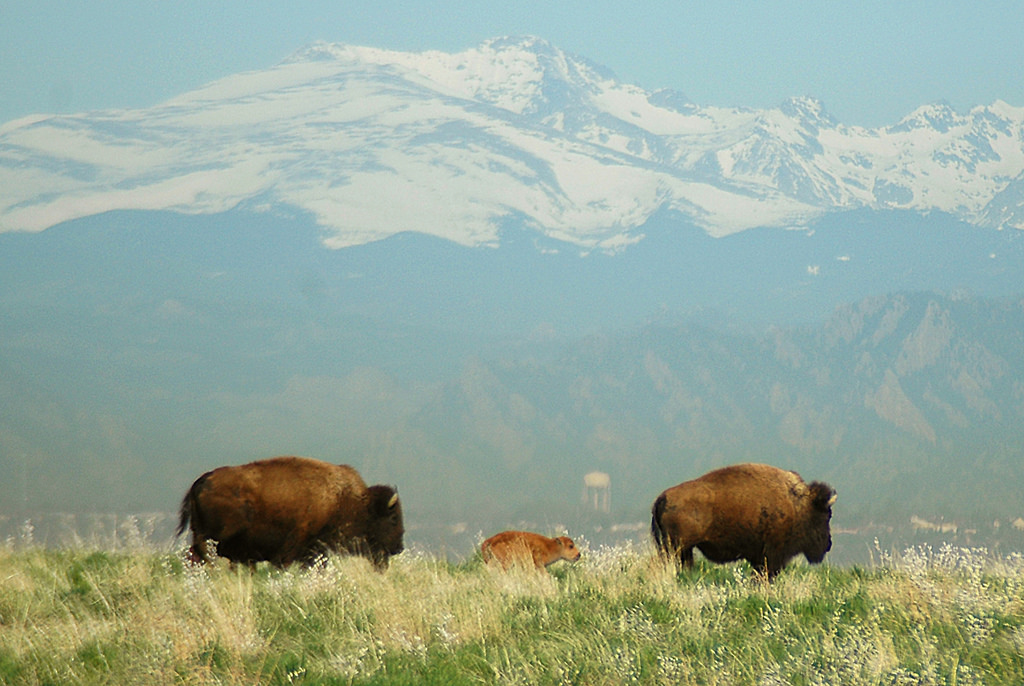
What’s the difference between bison and buffalo? While bison and buffalo are used interchangeably, in North America the scientific name is bison. Actually, it’s Bison bison bison (genus: Bison, species: bison, subspecies: bison), but only saying it once is fine. Historians believe that the term “buffalo” grew from the French word for beef, “boeuf.”
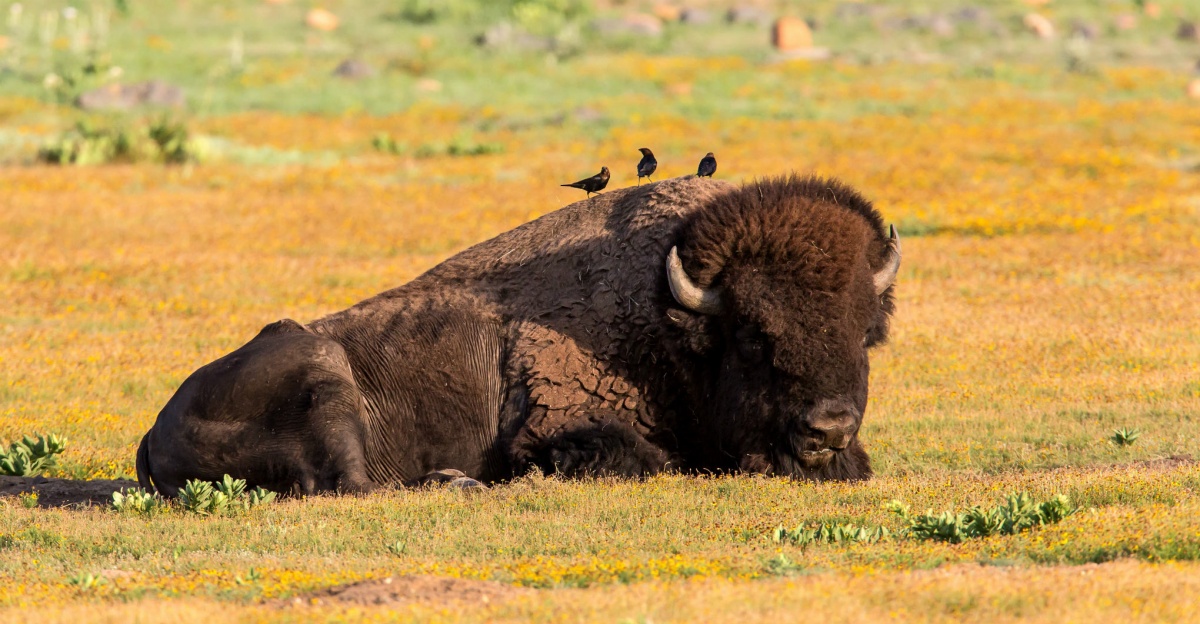
Yellowstone National Park is the only place in the U.S. where bison have continuously lived since prehistoric times. What makes Yellowstone’s bison so special is that they’re the pure descendants (free of cattle genes) of early bison that roamed our country’s grasslands. As of July 2015, Yellowstone’s bison population was estimated at 4,900 — making it the largest bison population on public lands.
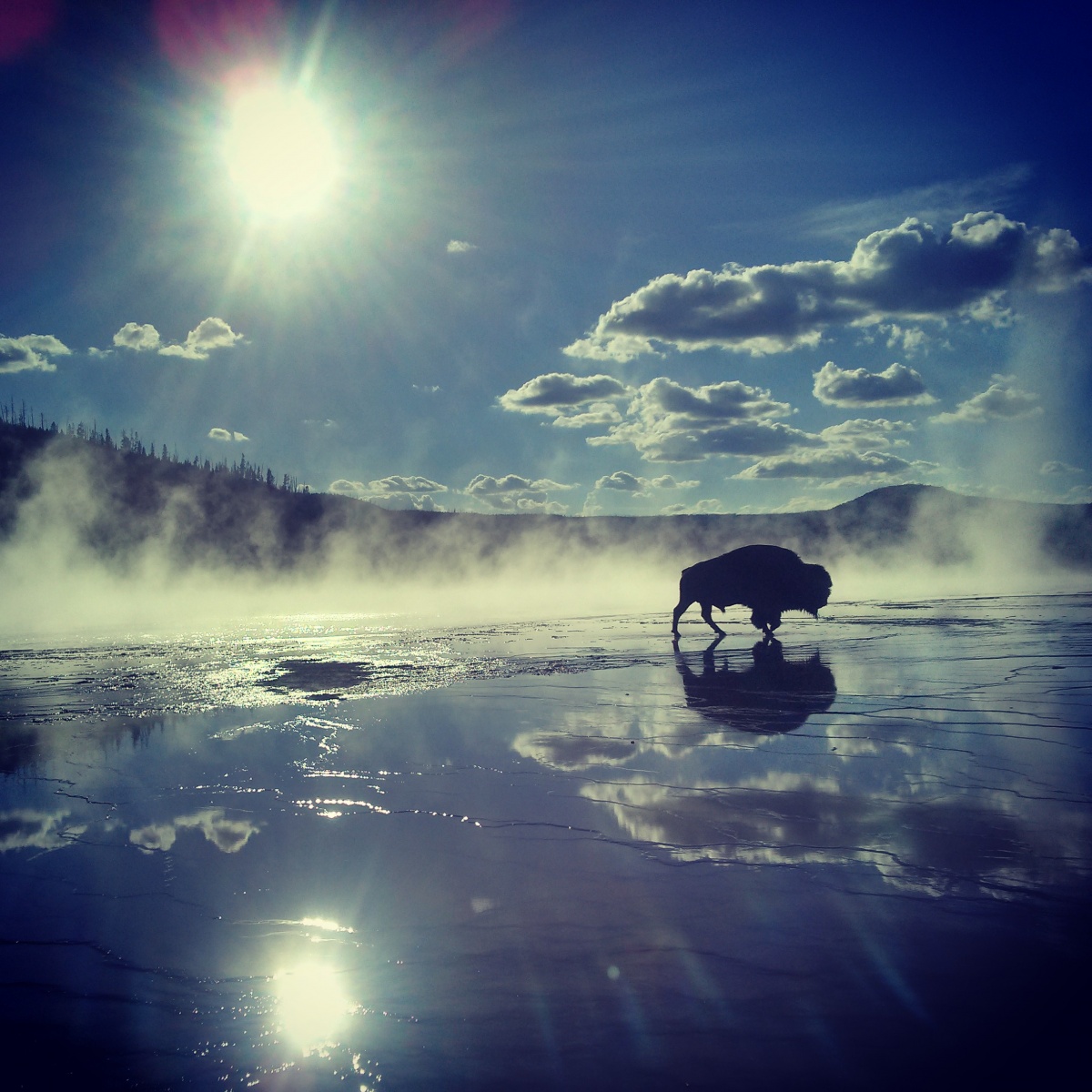
Bison babies are called “red dog”. Bison calves tend to be born from late March through May and are orange-red in color, earning them the nickname “red dogs.” After a few months, their hair starts to change to dark brown and their characteristic shoulder hump and horns begin to grow.
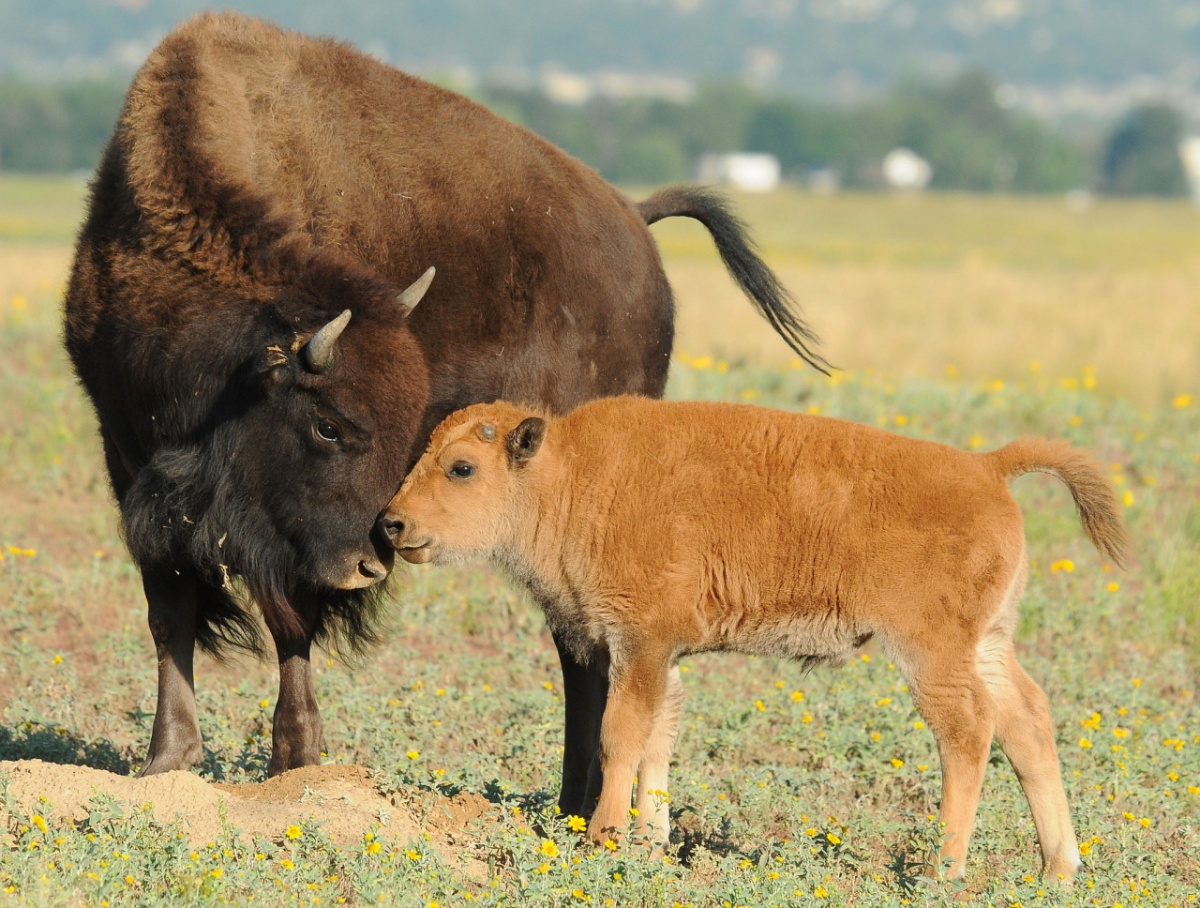
The history of bison and Native Americans are intertwined. Bison have been integral to tribal culture, providing them with food, clothing, fuel, tools, shelter and spiritual value. Established in 1992, the Inter Tribal Buffalo Council works with the National Park Service to transfer bison from national park lands to tribal lands.
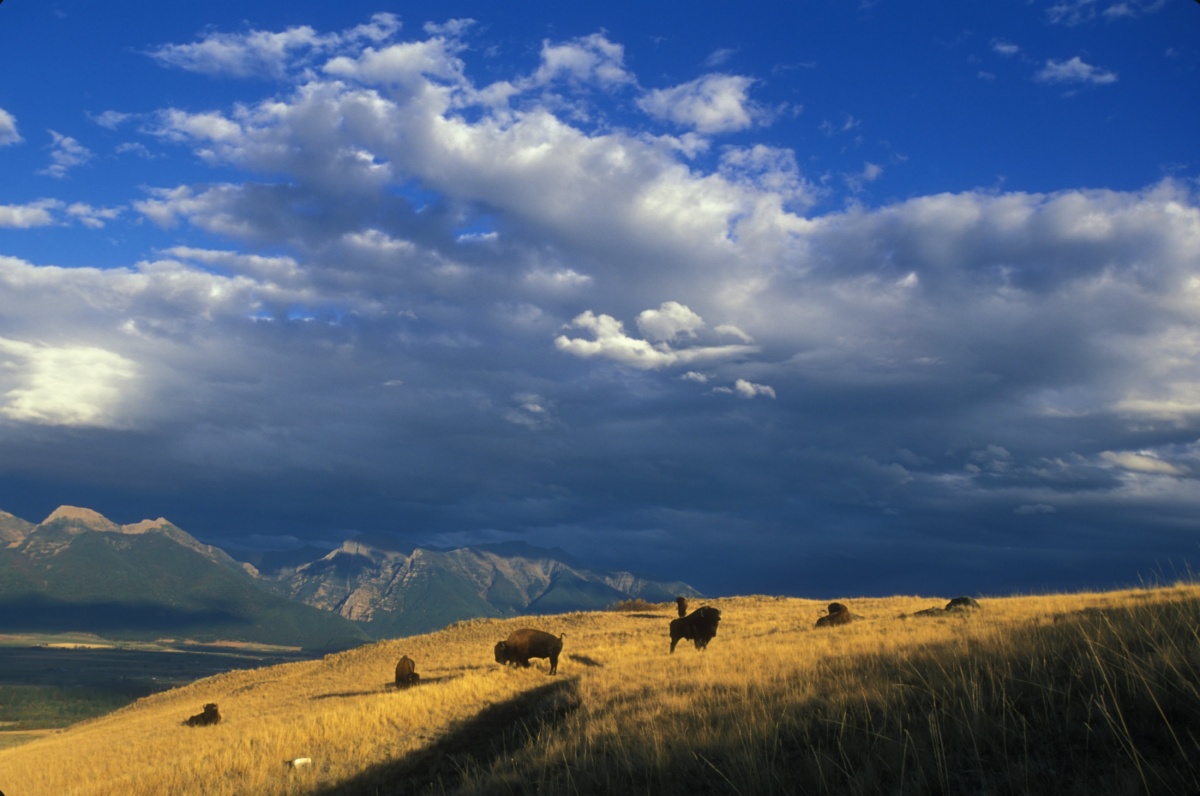
You can judge a bison’s mood by its tail. When it hangs down and switches naturally, the bison is usually calm. If the tail is standing straight up, watch out! It may be ready to charge. No matter what a bison’s tail is doing, remember that they are unpredictable and can charge at any moment. Every year, there are regrettable accidents caused by people getting too close to these massive animals. It’s great to love the bison, but love them from a distance.
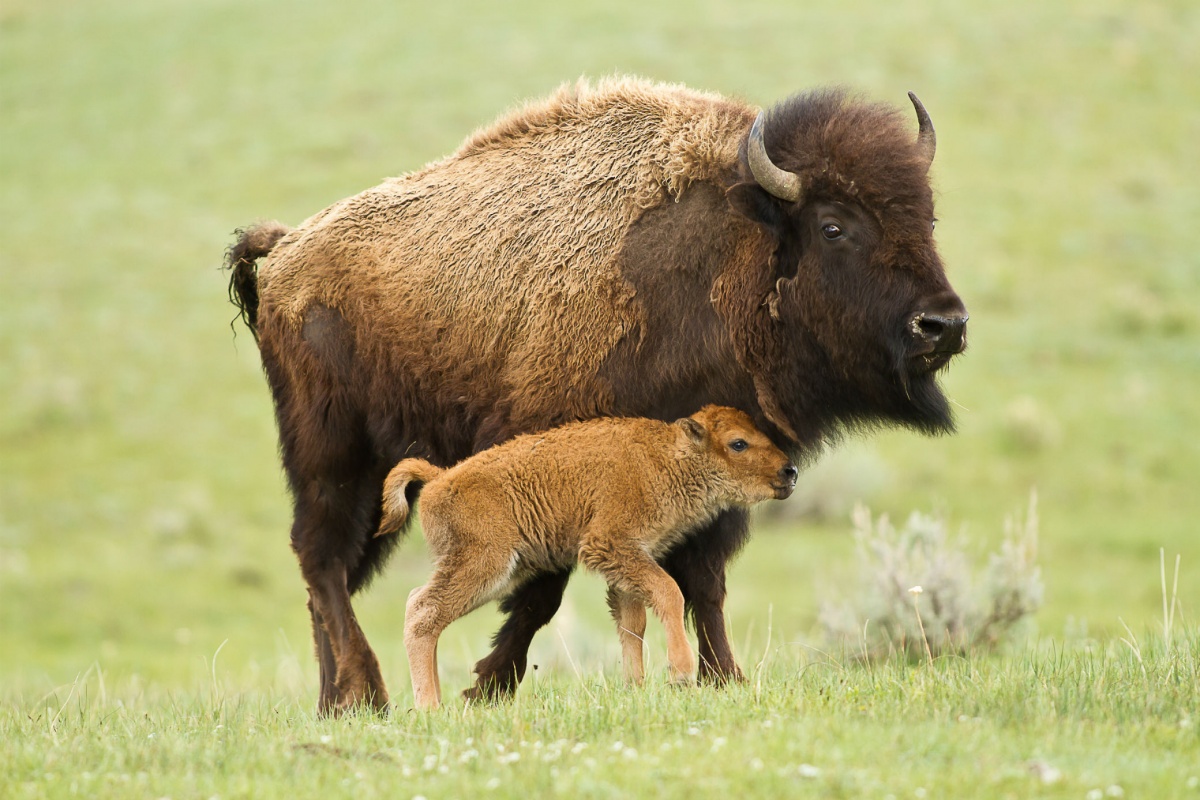
Wind Cave National Park’s herd helped revive bison populations around the country. The story starts in 1905 with the formation of the American Bison Society and a breeding program at the New York City Zoo (today, the Bronx Zoo). By 1913, the American Bison Society had enough bison to restore a free-ranging bison herd. Working with Interior, they donated 14 bison to Wind Cave National Park in South Dakota. More than 100 years later, the bison from Wind Cave have helped reestablishing other herds across the United States and most recently in Mexico.
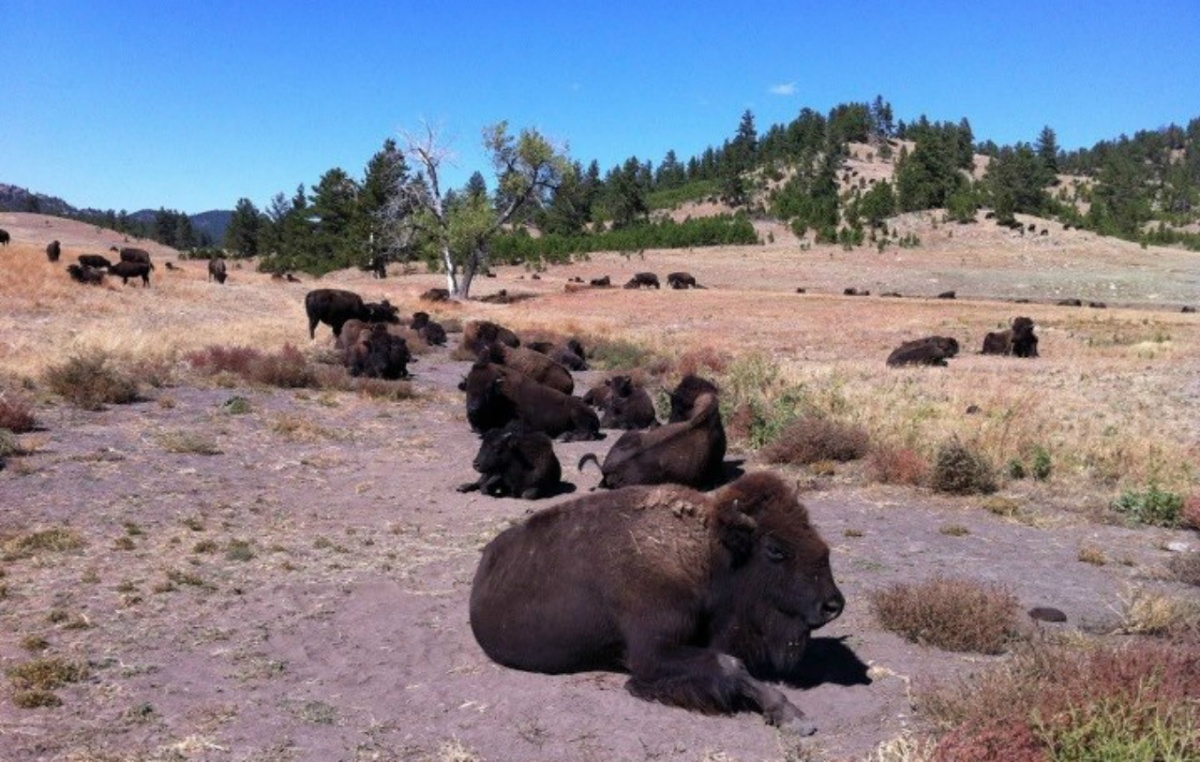
Bison may be big, but they’re also fast. They can run up to 35 miles per hour. Plus, they’re extremely agile. Bison can spin around quickly, jump high fences and are strong swimmers.
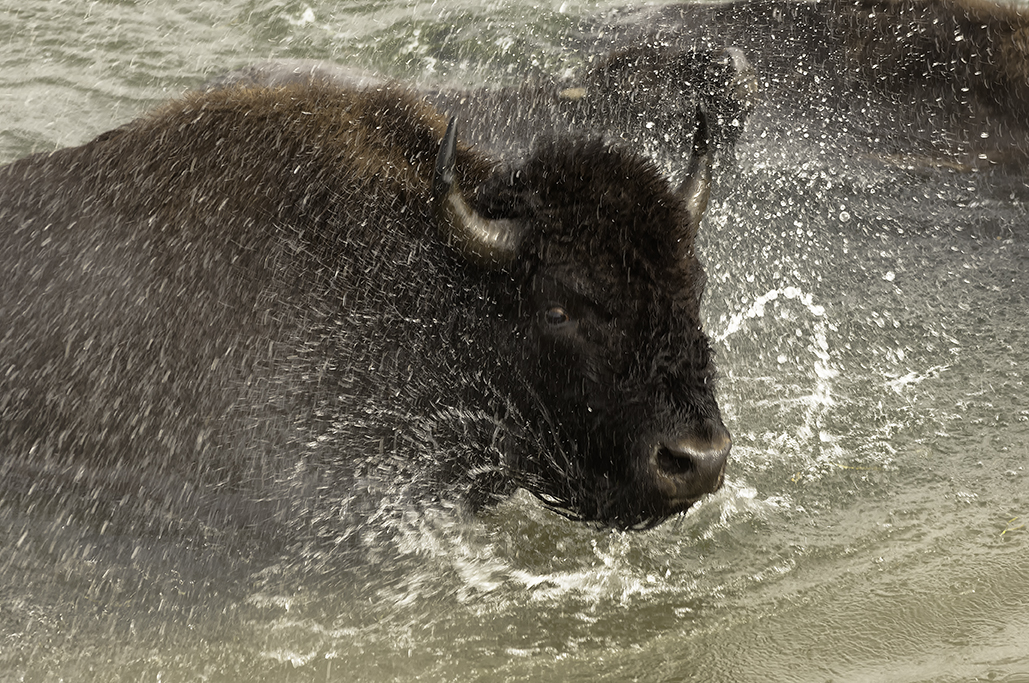
Bison are vegetarians. Much like their cousins the cow, bison eat primarily grasses, weeds and leafy plants — typically foraging for 9-11 hours a day. That’s where the bison’s large protruding shoulder hump comes in handy during the winter. It allows them to swing their heads from side-to-side to clear snow — especially for creating foraging patches. Learn how bison’s feeding habits can help ensure diversity of prairie plant species especially after a fire.
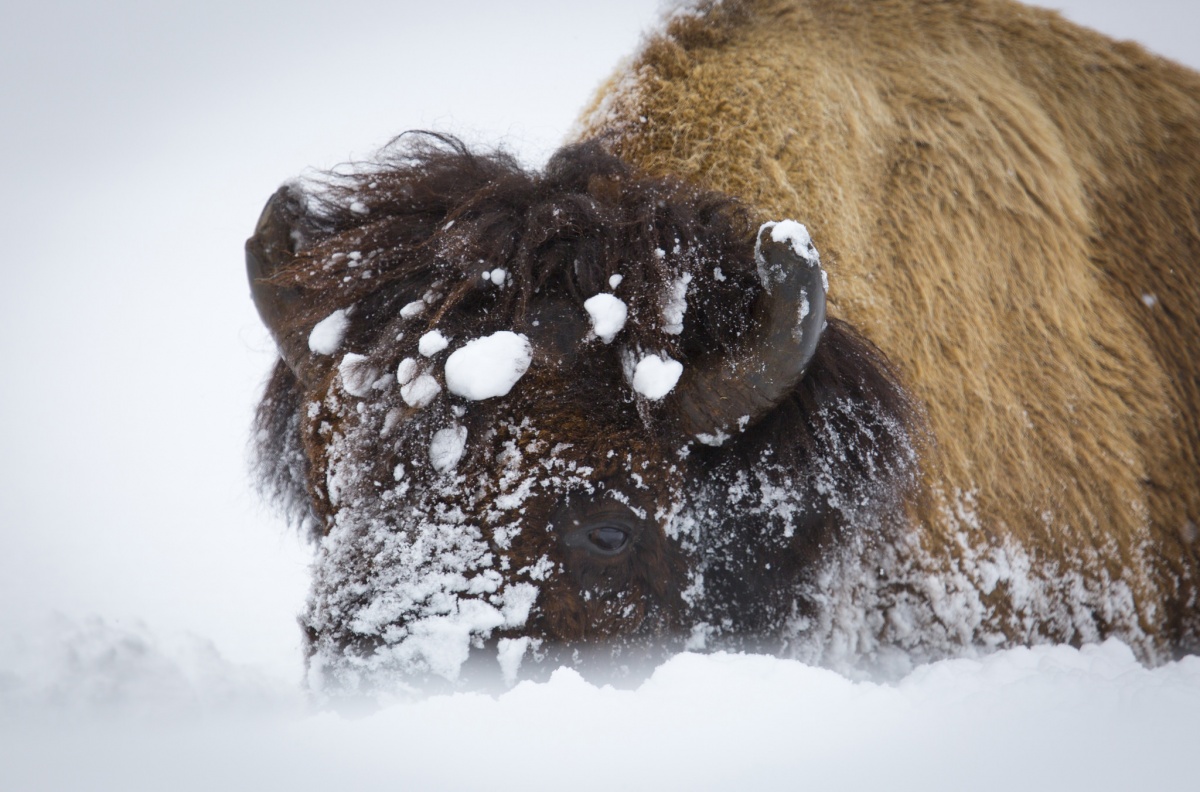
From hunter to conservationist, Teddy Roosevelt helped save bison from extinction. In 1883, Teddy Roosevelt traveled to the Dakota Territory to hunt bison. After spending a few years in the west, Roosevelt returned to New York with a new outlook on life. He paved the way for the conservation movement, and in 1905, formed the American Bison Society with William Hornaday to save the disappearing bison. Today bison live in all 50 states, including Native American lands, wildlife refuges, national parks and private lands.
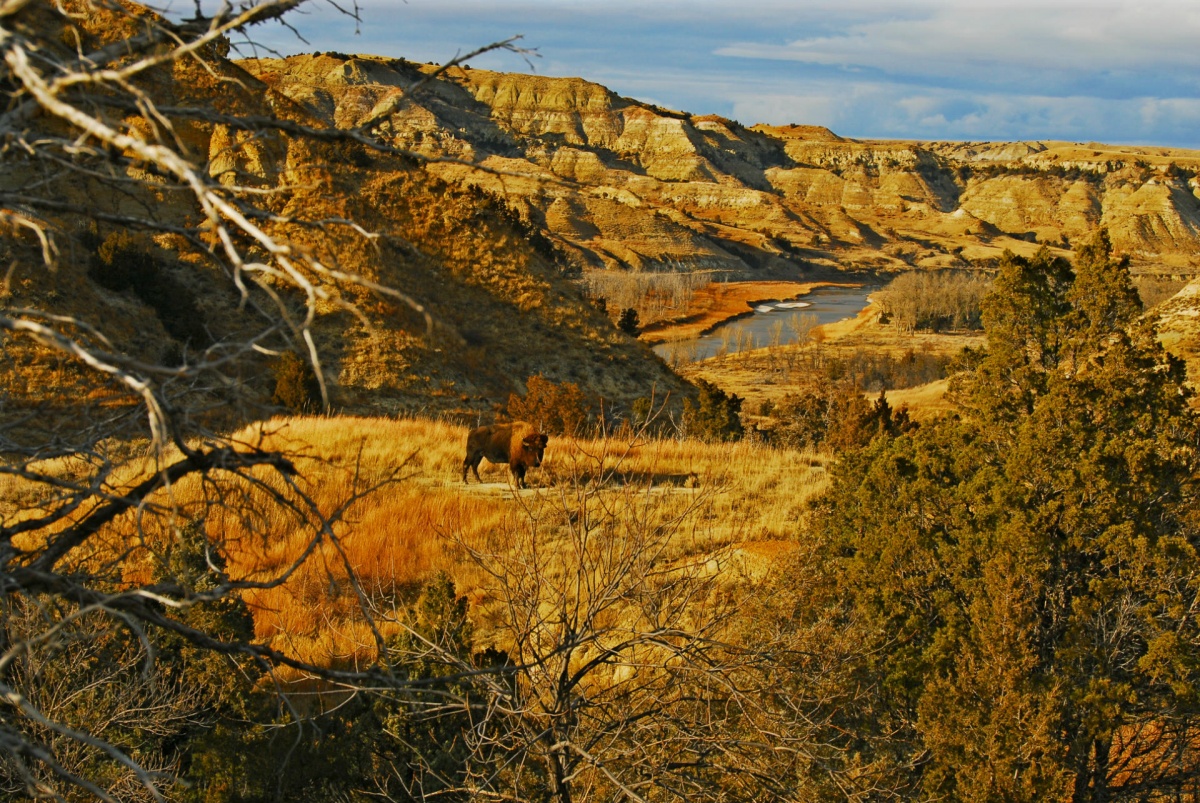
Bison can live up to 20 years old. The average lifespan for a bison is 10-20 years, but some live to be older. Cows begin breeding at the age of 2 and only have one baby at a time. For males, the prime breeding age is 6-10 years. Learn how Interior works to ensure genetic diversity and long-term viability of bison.
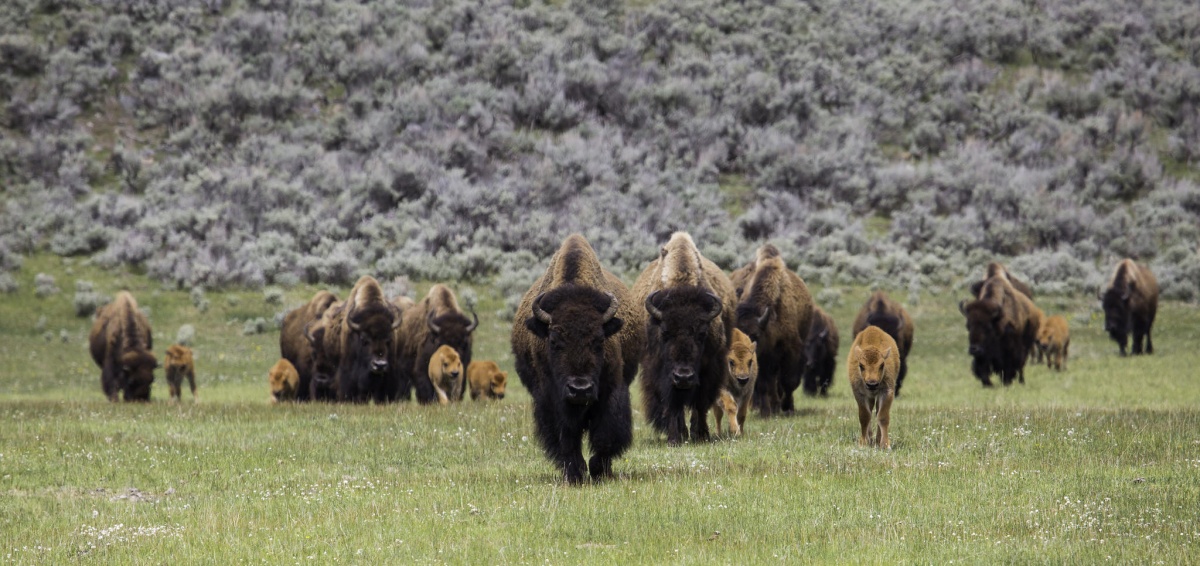
A little dirt won’t hurt. Called wallowing, bison roll in the dirt to deter biting flies and help shed fur. Male bison also wallow during mating season to leave behind their scent and display their strength.
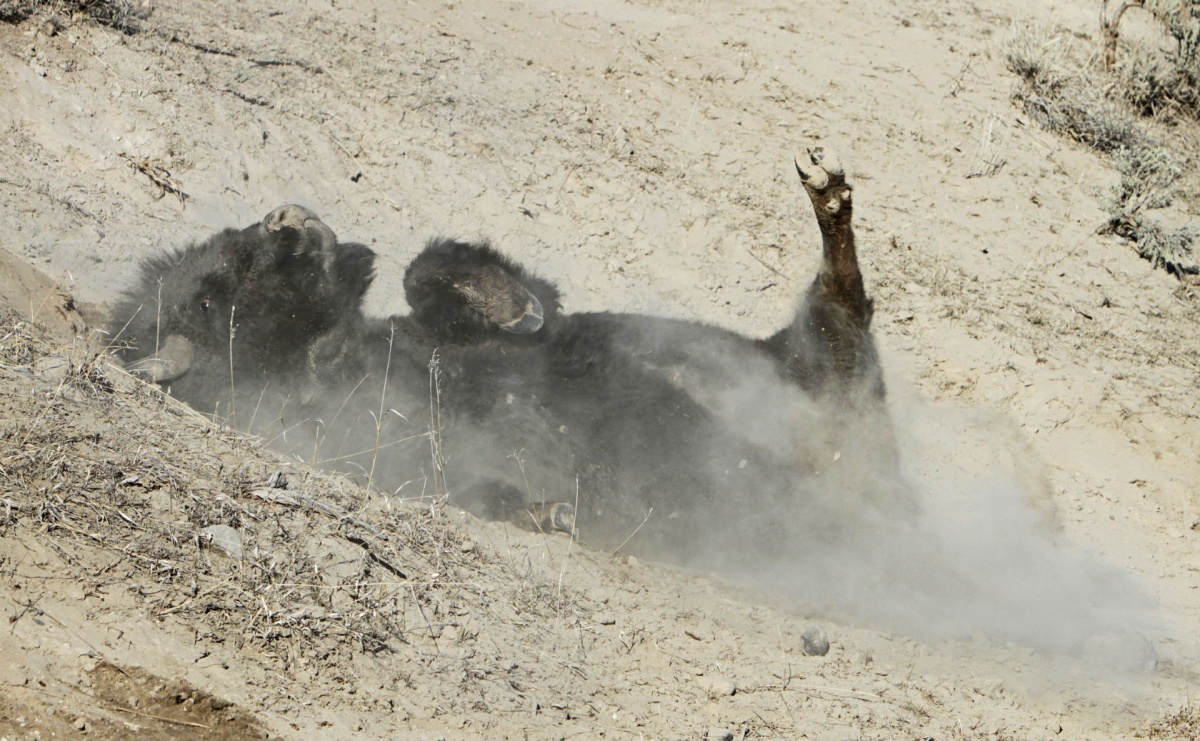
The American bison’s ancestors can be traced to southern Asia thousands of years ago. Bison made their way to America by crossing the ancient land bridge that once connected Asia with North America during the Pliocene Epoch, some 400,000 years ago. These ancient animals were much larger than the iconic bison we love today. Fossil records show that one prehistoric bison, Bison latiforns, had horns measuring 9 feet from tip to tip.
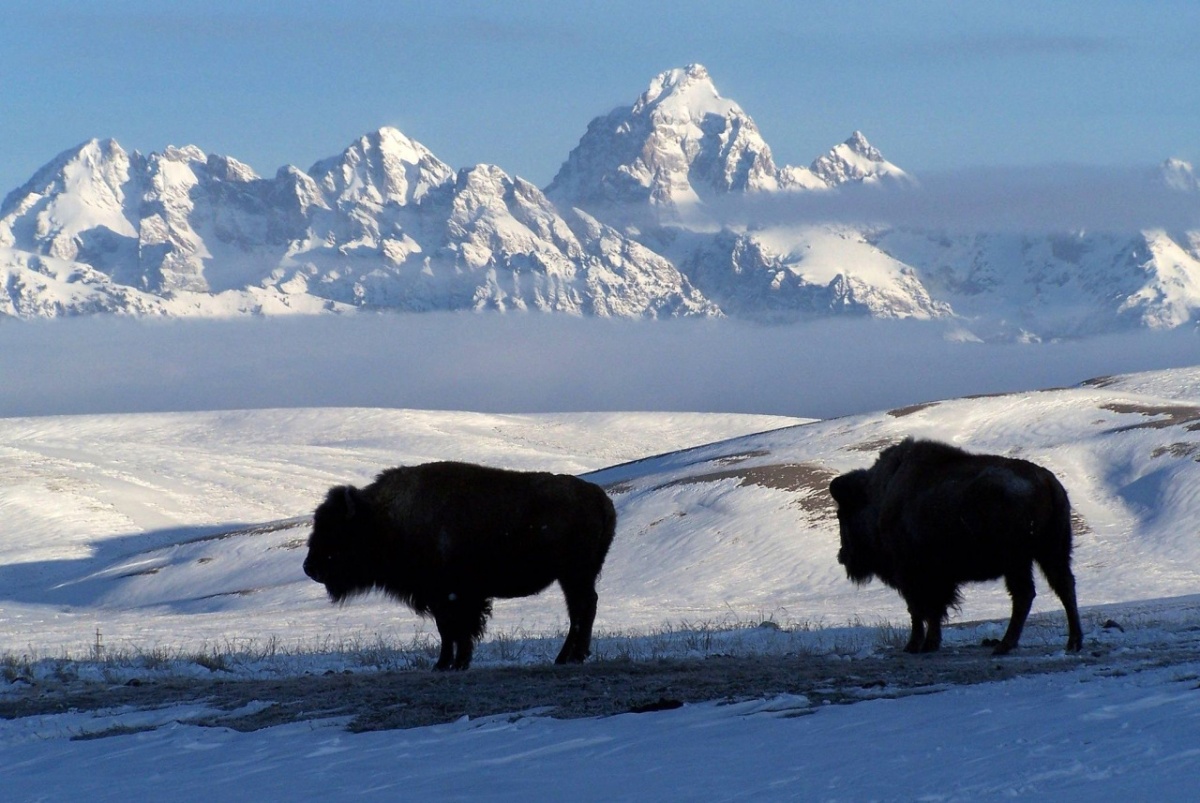
Bison are nearsighted — who knew? While bison have poor eyesight, they have excellent senses of smell and hearing. Cows and calves communicate using pig-like grunts, and during mating season, bulls can be heard bellowing across long distances.

additional photographs via Wikipedia Creative Commons
This is a horrible ploy to decrease the killing of our national bird -The Bald Eagle- which is being killed by the wind turbines throughout the country. Wind turbines kill hundreds of bald eagles every year and the wind companies don’t pay any fines. Unlike the oil industry who paid out millions of dollars for killing 6 bald eagles last year.
Now with the Bison as our second national animal, the number of bald eagles killed doesn’t look as bad because the Bison numbers are added to the total national animal database. The data becomes skewed making the percentage of national animals killed lower than the percentage of bald eagles killed.
Not a great way to honor our national bird.